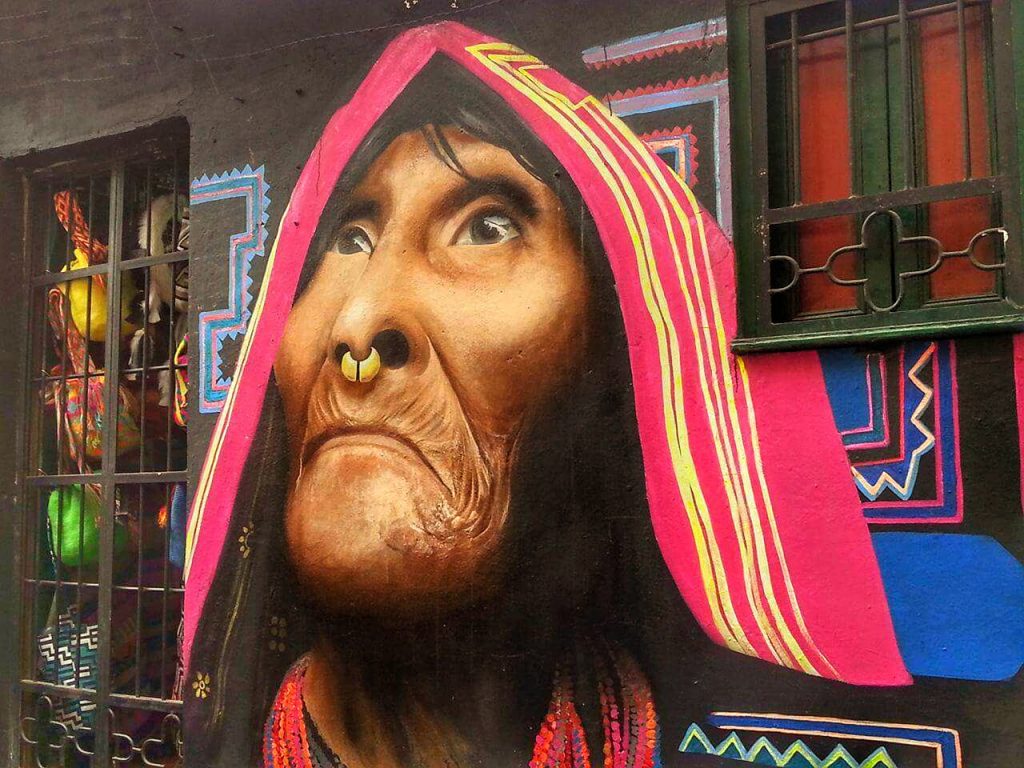
Have you got Travel Insurance?
- Unfortunately, things can and do go wrong when you travel. I never leave home without travel insurance, so consider getting insurance for your trip to cover things like adventure sports and activities as well as emergency medical, lost luggage, stolen items, trip cancellation and more.
- Get a quote for your trip from True Traveller if you're based in the UK, or World Nomads or SafetyWing which both offer travel insurance for backpackers and long-term travellers. Alternatively, use a comparison site like Travel Insurance Master to find the best cover for you.









Like you, I spent nearly 3 months in Colombia and wish I had more time to see more. I had planned for 1.5 months but realized there is so much to choose from combined with so much to in each destination. Extremely useful guide here for anyone heading to CO for the first time.
You need to explore it like we did before everyone else does. Truly a special place. Sitting in 20 degree weather wishing to get back
Eric
You have sold Colombia to me! This is such an informative guide. I’m glad to know that Colombia is now safe for traveling. I’d love to explore it alone. Thanks so much!